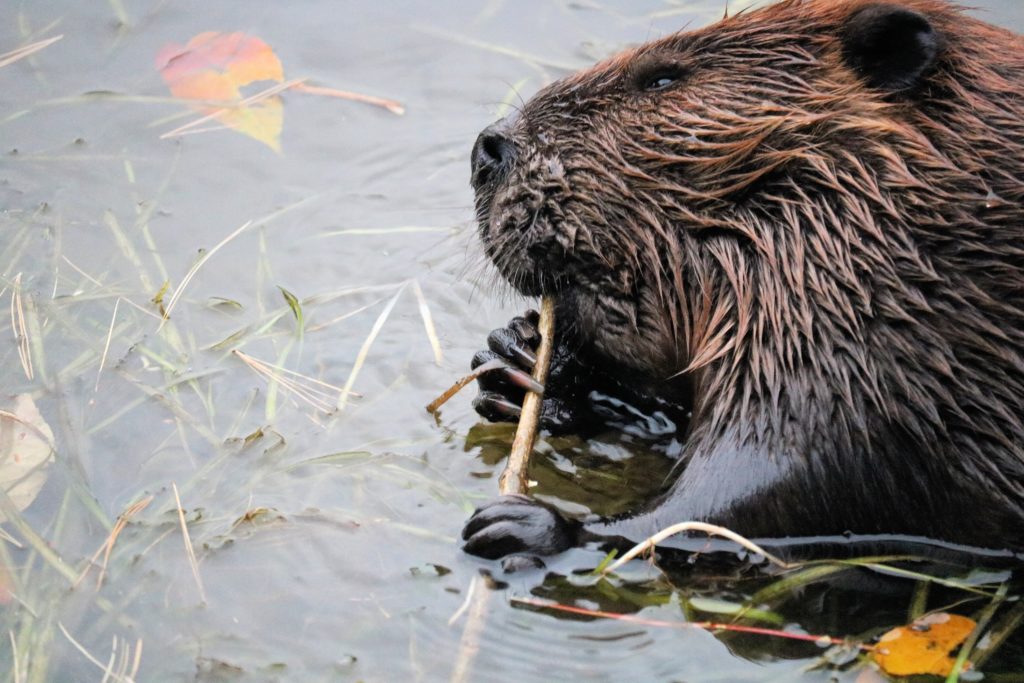Learning from Beavers

By Maria Price
For many years now, we’ve heard discouraging evidence about one of our favorite butterflies, the monarch. When I first started my nursery over 40 years ago, monarch butterflies were everywhere in my garden. In the last few decades, the news has been about their declining populations.
Sometimes when we hear discouraging environmental information, we feel helpless as far as making a difference.
The plight of the monarchs led to a campaign to grow more milkweed in our yards for the monarchs to dine on. If you have grown just one milkweed, you should congratulate yourself.
The Weather Channel’s Chip Taylor monitors monarch butterfly populations. He has reported a 35 percent increase in high-density patches of monarch butterflies since 2018. The environment is very resilient and we as individuals can help improve it.
This past week, I was fortunate to attend Beaver Con, a conference about not only beaver management but also climate resilience through nature-based solutions. One of the speakers at the conference was Bryan Hummel from the Environmental Protection Agency. Hummel’s presentation was on using the “brilliance of the beavers” across a variety of land uses.
Beavers, a keystone species, were nearly trapped to extinction. Much scientific research is being done to prove that this darling rodent can help.
Beavers are climate change warriors. Their ponds can fix carbon, increase groundwater, provide habitat for other species, increase biodiversity and create hydrologic complexity.
One of our most important climate challenges is access to water. If you want to grow food, getting adequate water is a key concern.
Beavers restore wetlands to their disconnected streams. Wetlands store groundwater and can denitrify water to be released to larger bodies of water like the Chesapeake Bay.
In fire-prone areas in the Rocky Mountains where beavers live, their complexes showed low or no burn in 89 percent of the landscapes.
Peaceful co-existence can be attained to prevent beaver dam flooding with inexpensive devices made from plastic piping and goat fencing.
We should be concerned about things like drought, floods, giant storms and wildfires. They are becoming the new normal and we should be paying attention. Hummel told us, for comparison, that the country spent $27 billion on 9/11 and is now spending $54 billion every year on climate disasters.
Learn more at beavercon.org or beaverinstitute.org.
